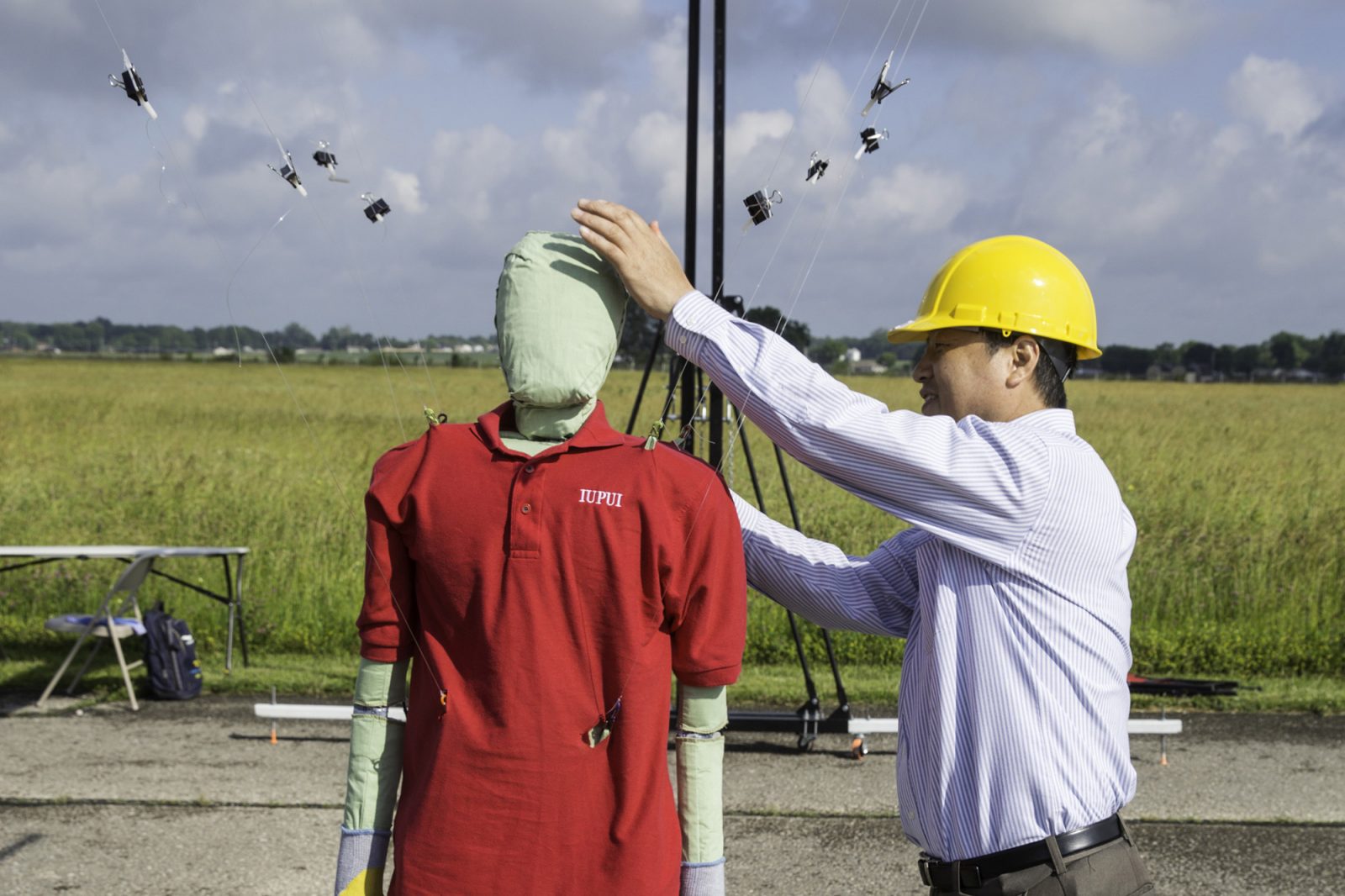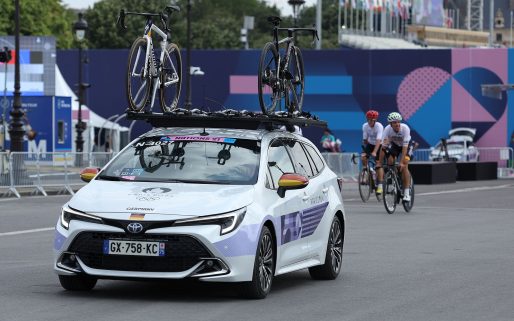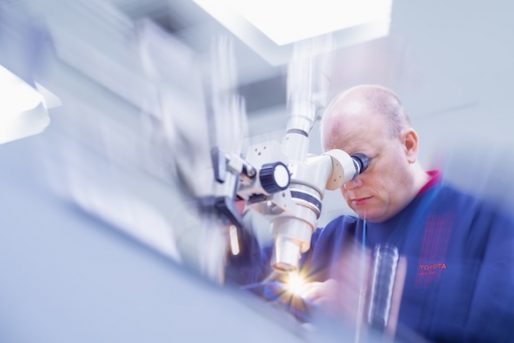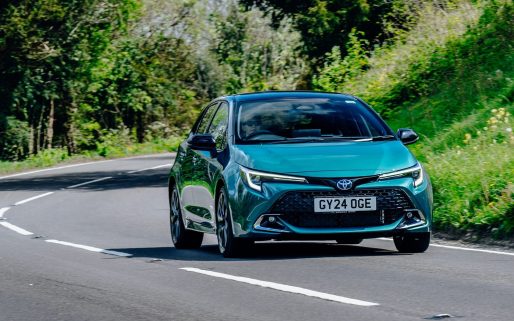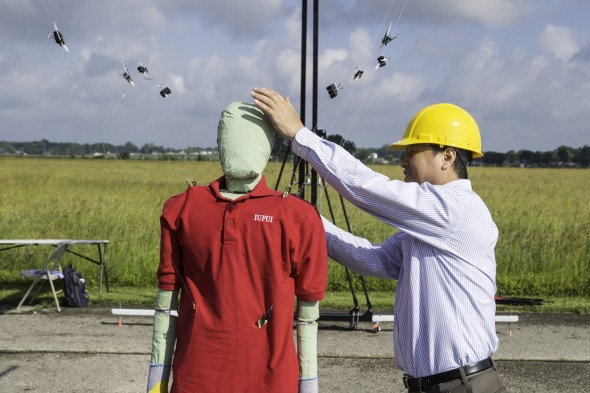
With the goal of making tomorrow’s driving safer, Toyota’s Collaborative Safety Research Center has announced significant expansion of its mission to advance automotive safety research, with a new focus on the challenges and opportunities evolving vehicle technologies will present during the next decade.
Thanks to a new $35 million funding commitment that will extend the centre’s work into the 2020s, the facility will concentrate on supporting a safe transition to the future of mobility, particularly through emerging automated and connected vehicle technologies. As part of this effort, researchers will explore the complex relationship between future mobility and broader social trends, such as the growth of networked “smart homes” and the concept of the “quantified self” associated with the increase in wearable devices.
“At Toyota we believe in the fundamental principle that when good ideas are shared, great things can happen,” said Osamu Nagata, President and CEO of Toyota Motor Engineering and Manufacturing North America (TEMA), making the announcement at Toyota’s 2014 Advanced Safety Seminar in Ann Arbor, Michigan, today.
“As new automotive technologies evolve, the CSRC is committed to working with its partners across the industry and beyond to help secure a future of mobility that is safer and greener than today.”
Chuck Gulash, CSRC Director, said: “The centre’s newly expanded mission recognises that the emergence of new technologies is radically reshaping the transportation landscape. Thanks to these exciting automated and connected vehicle technologies, drivers and their vehicles are increasingly working together as team-mates and sharing more responsibilities on the road.
“We hope to help pave the way for the safe introduction of these new systems, not only by refining these technologies, but also by preparing the drivers who will be using them, with the continued goal of saving lives.”
The CSRC, the only centre of its kind in the industry, partners with leading institutions across North America to help advance safer and more responsible ways of moving people, sharing the results of its work so that everyone can benefit. Since 2011, the centre has focused its research on active safety, driver distraction and at-risk traffic populations, such as children teenagers, pedestrians and older people, to understand better how to help protect people in crashes and prevent collisions from happening at all.
The centre will continue its work with agencies, policy-makers, academics and industry to identify research gaps and to share findings, research tools and analytic models across the automotive industry and beyond.
During the past three years, the CSRC has launched 34 research projects with 17 partner institutions. To date, it has completed seven and made significant advances in the areas of human factors, active safety, biomechanics and Big Data. These include: –
– Development of standardised test procedures for vehicle and pre-collision systems, including the world’s first articulated dummy that shares the same radar cross-section as a human, enabling regulators and consumers to measure and compare performance across multiple vehicle makes and models.
– A comprehensive scientific study of the potential safety benefits of advanced driving technologies, such as pre-collision and lane departure warning systems.
– Building on studies into the changes in physiology and seatbelt fit with age, taking scans of a broad range of age and body types and highlighting the continuous need for public education about the importance of proper seatbelt use.
– Creating finite-element models of a child’s body so that engineers can take differences in children’s body characteristics into account when designing vehicle safety systems.
– Development of high-speed tools to organise, process and analyse huge quantities (petabytes) of naturalistic driving data (the Strategic Highway Research Program 2/SHRP2). These tools are being made available to all auto manufacturers, suppliers, transportation agencies and research universities that share Toyota’s goal of better understanding how we can prevent crashes happening.
The first phase of the CSRC’s research will conclude in 2016. Research under the new mission will focus on developing human-machine interface guidelines for next-generation automated and connected vehicle systems and the optimum user skills to operate these technologies safely. It will also investigate the unique challenges posed by a vehicle fleet that is likely to feature both automated and connected vehicles, as well as traditional ones, sharing the same roads.
See also:
Toyota DARV: a smarter car for safer driving
Toyota to show intelligent transport system safety and environmental initiatives at World Congress
